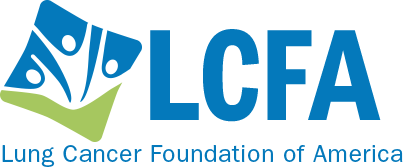What to Expect
A chemotherapy plan depends on the type and stage of lung cancer, overall health, and the personal treatment goals and preferences of the patient.
Usually an intravenous (IV) treatment, chemotherapy involves getting a quick shot into the vein or an infusion of the drug through a tube, which can take longer. This treatment may be delivered in a doctor’s office, clinic, or hospital. The chemotherapy treatment is delivered in cycles of 3 to 4 weeks. Between cycles, the patient rests and recovers. These drugs may be administered only once a week or over a few days of each cycle. If the lung cancer is advanced, four to six cycles of treatment may be recommended.
Side Effects
Chemotherapy drugs can have many side effects depending on the drug, dose, or the length of your treatment. These side effects can include:
- Nausea
- Vomiting
- Hair loss
- Mouth sores
- Constipation
- Diarrhea
- Loss of appetite
- Weight loss
- Tiredness
- Greater risk of infection
- Bruises
- Easy bleeding
The side effects vary from one drug to another for many reasons. Not all chemo drugs cause hair loss, for example. Certain chemotherapy drugs or regimens have some side effects that are specific to it. And the side effects may vary a great deal from patient to patient. Some chemotherapy treatments cause peripheral neuropathy. There may be pain, burning, tingling, weakness, or cold sensitivity in the hands or feet. This usually goes away after treatments are finished.
How to relieve side effects of chemotherapy for lung cancer treatment
- Eating a light meal before chemotherapy treatment
- Drugs to treat nausea or vomiting
- Some patients have found that relaxation techniques or hypnosis can help control nausea and vomiting.
- Ginger or peppermint teas or candies to also ease chemo-related nausea
- Cooling or cold caps that you can wear during chemo to stop or lessen hair loss

